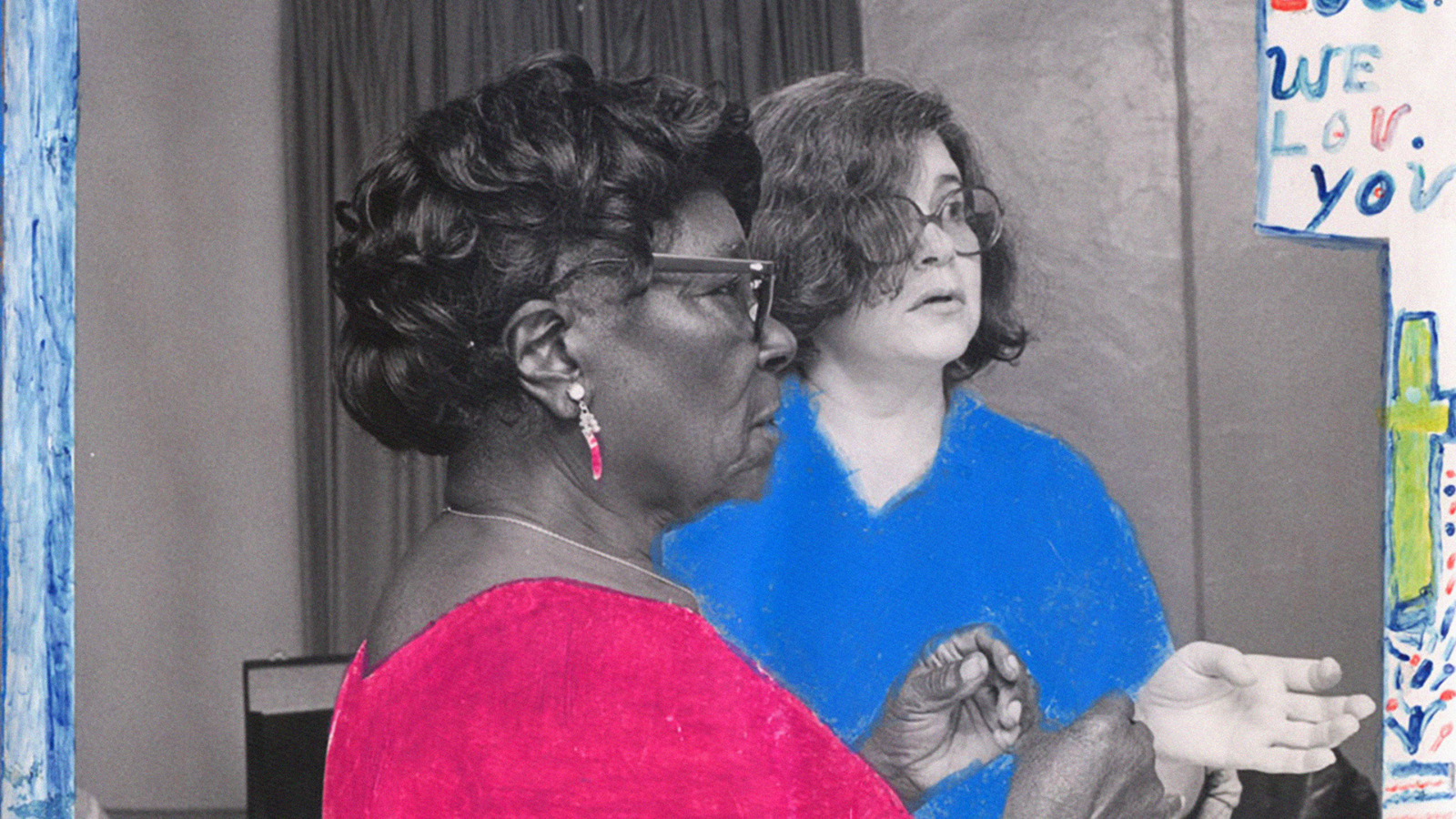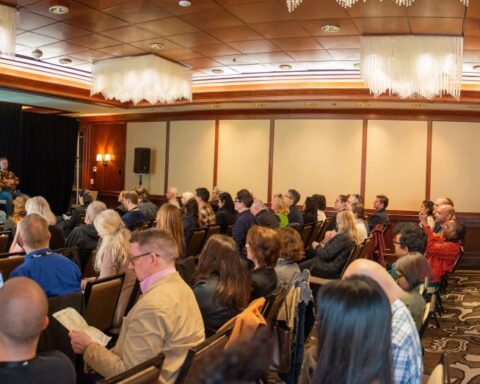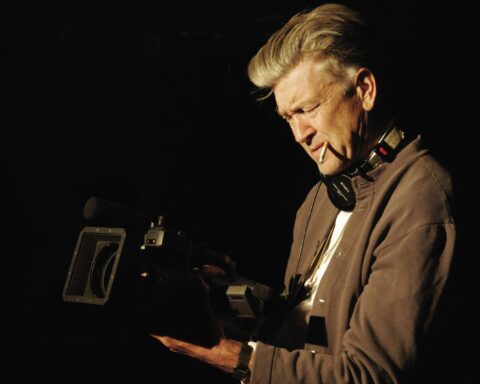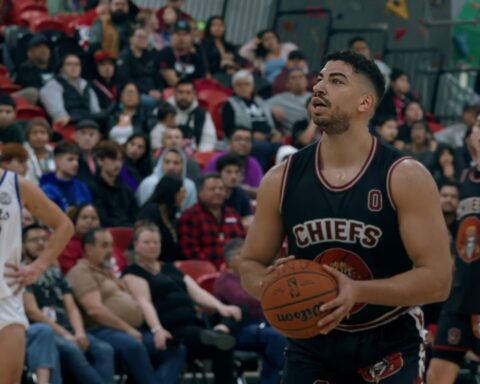This World Is Not My Own
(USA/Sweden, 97 min.)
Dir. Petter Ringbom, Marquise Stillwell
Programme: Artscapes (International Premiere)
Nellie Mae Rowe was born on July 4, 1900, the most auspicious of American dates for such an iconoclastic citizen. Over the decades, she navigated difficult marriages and back-breaking work, yet in her later years, after the passing of her final husband, she leaned into her artistic side, creating a home that was at once a cluttered showcase for her art, but also a fundamental extension of her character.
With bright, sometimes garish colours, her paintings have an immediacy that’s compelling, even if the lack of formal technique even led family members to dismiss the works as that of a dottering yet well-meaning auntie. There were numerous dolls that she constructed, raggedy avatars for friends and works of imagination alike. There were even sculptures hewn out of blocks of spent chewing gum, somewhat macabre images festooned with poster paint to give them a sense of life.
Petter Ringbom and Marquise Stillwell’s film The World Is Not My Own employs as much mixed media as their subject, combining miniatures, 3D motion capture animation, 2D animated transitions and traditional talking-head interviews with family and fans alike. The result is a nearly overwhelming yet entirely convincing argument for the importance of Rowe in the pantheon of 20th century artistic expression, illustrating effectively how this one woman’s journey embodies fundamental contradictions of American life, as well as the unabashed joy of seeing these objects continue to resonate years after her passing.
If the film was merely a rumination upon this woman and her work it would perhaps suffice, but this so called “Limitless Story of Nellie Mae Rowe, as Told in Four Acts,” as it is subtitled, provides a quite extraordinary look at how intertwined the lives of many of the key characters in Atlanta truly were, and how only a generation after one family member joined a lynch mob that another would be the biggest champion for Rowe and her art.
It’s the deft way that the story of Judith Alexander is integrated, a fascinating figure herself whose story never overshadows the artist she helped bring to the world’s attention. Alexander was the daughter of a mega-wealthy Atlanta family, her father a prestigious lawyer in cases that continue to resonate a century later. Judith’s own family story is one of great complexity, where the prominent figure is caught up in segregationist actions, despite the fact that rising menace of the Klan was as intent in ridding the area of Jewish influence at the same time it was terrorizing the Black community.
It would be easy to smooth out these differences, or to over-emphasise the role of Alexander as the saviour who made Rowe’s vision be embraced by an otherwise indifferent public. Yet throughout, there’s a great deal of subtlety and care taken to spell out just how tight these two individuals were, while also making clear their own foibles that make for a far more three dimensional understanding of all the various elements that intertwine.
Speaking of 3D, a large chunk of the film plays out via motion capture, with Emmy Award-winning Uzo Aduba voicing and performing Rowe, while Amy Warren plays Judith. The residence of Rowe has long ago been torn down and replaced by some of the generic architecture that litters much of modern Atlanta, but this recreation gives a strong sense of what was, blending from black-and-white to more Kodachromatic colours as the events transpire. The collision of these past events with the integration of her paintings that are brought to life through animation result in a chaotic yet inviting understanding of not only what these works look like, but how they feel to have been seen in situ.
Rowe is no saint, Alexander no saviour, yet the rich portrayals of both result in a fascinating dive into this folk art milieu, tying professional wrestlers to gallery collectors, friends and family alike, showcasing the lasting legacy of Rowe upon those that knew her and continue to feel her presence through what she left behind. Historically rich, artistically brave, and formally inventive, this work of non-fiction is as quirky as its subject, as formally brave as the works it showcases, and as subtle and contradictory as the complex tale it presents. A bold, brave work, This World Is Not My Own is a shining example of how the merging of many facets of non-fiction filmmaking can be integrated to elevate a story, not to simply mask the core elements under a slathering of formal experimentation. The mixing of media in this film is a perfect mechanism to tell such a tale, and Ringbom and Stillwell’s daring work may in fact prove to be a groundbreaking mode for telling such stories in this kind of inventive, impressive way.













